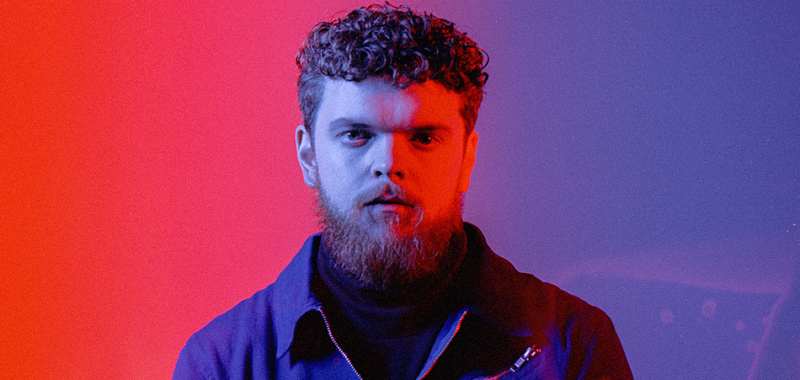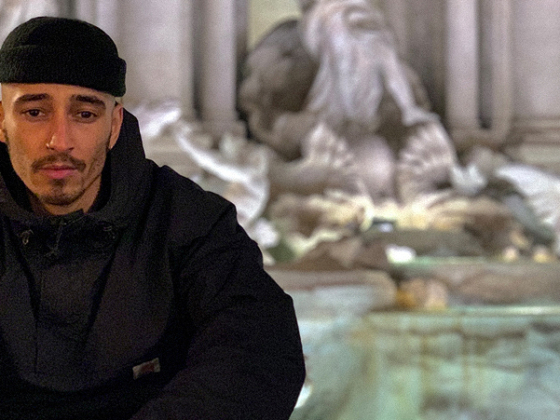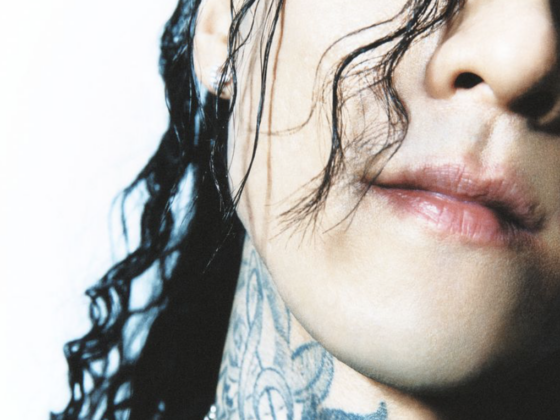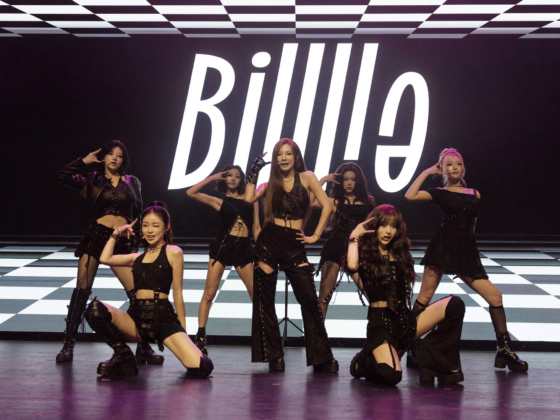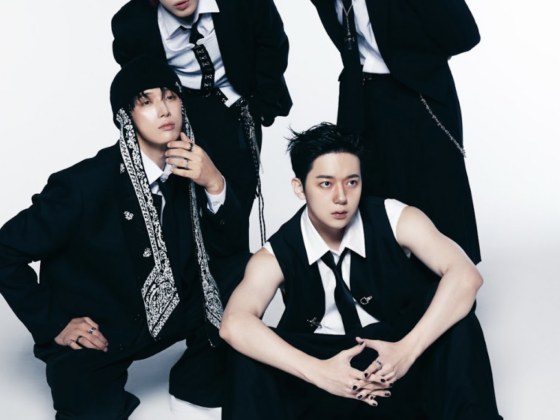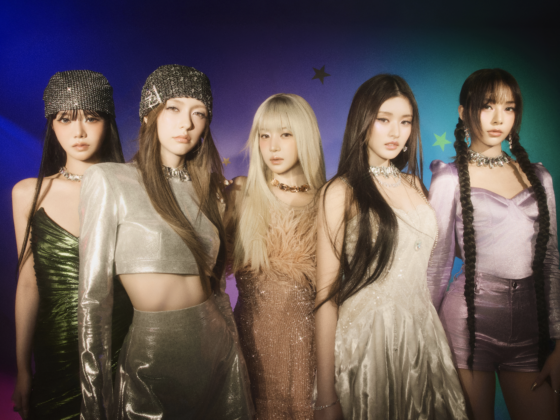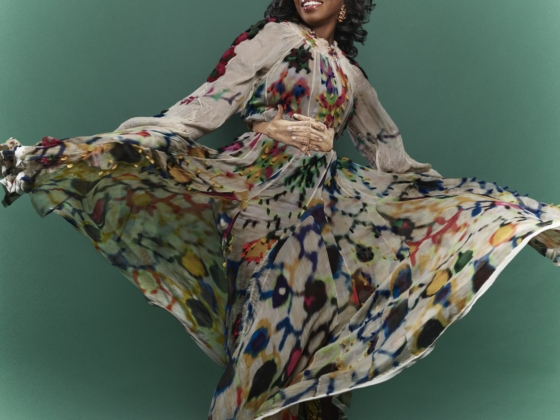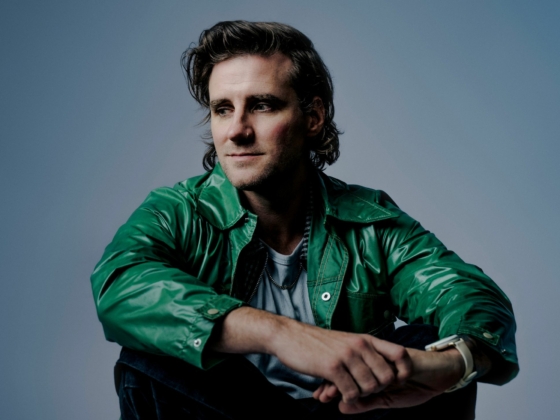“I fucking love coffee.” Jack Garratt and I are discussing vices. His is coffee. If you follow him on Instagram, you might have seen a story or two about his delightful (if extensive) morning coffee routine. “I love making coffee,” he says with unbridled enthusiasm. “I love the nature of it, the community around it. But it's a vice for me. It's a 100% selfish thing that I actively engage with every day.”
Garratt greets me in a dressing room backstage in Berlin, tightly gripping a thermos. “I've been talking a lot recently to friends and family about vices,” he admits. “Because I think they’re so important. And I think we're discouraged from having them, and I disagree with that. There's nothing better than engaging in a behaviour that immediately makes you feel better about yourself, just as long as that behaviour isn't one that you end up either a) depending on or b) ends up controlling you.”
It’s one of the final nights of Garratt’s ‘comeback’ tour. After a four year hiatus, the British singer-songwriter scheduled a no-phones-allowed tour of Europe. The show is filled with (nearly) exclusively new material from his highly anticipated sophomore album Love, Death & Dancing, delivered exactly as Garratt intended: to an audience who care chiefly about the music.
“It's funny, being away for a long enough time,” Garratt reflects. “Now that I've started making music again, people call it ‘a comeback.’ It's not – I didn't intend to disappear, nor did I intend for my releasing new music to be considered ‘a thing’. I want to know what the time frame is,” he demands, a little indignantly. “I felt it at about the year-and-a-half-mark, I think. A year and a half into being away, it went from ‘in between albums’ to ‘away.’”
When his debut album Phase was released in 2016, it was immediately lauded for its uniqueness. Whether you agree with that praise or not, it certainly galloped into the mainstream in a way that was (at the time) unprecedented for the kind of genre fusion that occurred within its sphere. Garratt is a talented blues guitarist and jazz pianist, and has an incredible-any-way-you-slice-it ability to multitask. His performances are better described as one man shows than concerts. Garratt is in constant motion as he wields guitars, laptops, sound decks, keys, vocals, percussion and a loop pedal.
Momentum is often used in this industry, whether rightly or wrongly, to measure an artist’s success. How quickly did they rise? How much time between projects is ideal in order for their career to keep speeding up? How rapidly might they fall? The momentum has to stop somewhere.
One BRIT Critics Choice Prize and one BBC Sound of 2016 award later, Garratt stopped. Plagued with crippling imposter syndrome, anxiety, and depression, he withdrew from the industry, and brought the speeding wagon wheel that was his burgeoning career to an abrupt halt. “What's that thing about lobsters?” he asks me, searching for a suitable metaphor for his depression. “If you boil a lobster from cold to hot water, it doesn't know the water heats up. That's what it was. The event of me being aware of my imposter syndrome as something that was preventing me from taking charge of my career – in the way that I wanted to – was a surprise. And that made me realize that I was deeper in a depression. I could see a history of red flags behind me. Six red flags previously was a point when I probably could have done something about it, but I was too far gone past then.”
One of those red flags was that Garratt stopped dancing. “That was early on in my 20s,” he recalls, “when I started putting music out into the world and I was open to a much higher level of scrutiny. I didn't even know I was doing it. One of the moments I realized that my lack of self-care and self-love was actually unhealthy, was the day I realized it had affected somebody else. My wife literally said once, ‘why don't you dance anymore? You used to dance all the time’. That question just stuck with me forever. The only thing I knew was the correlation between me not enjoying myself in public coincided with a time when I was sharing more of my art with the public. And I just believe that those two things fed each other, and I think they still feed each other."
This doesn’t mean that Garratt was idle during his ‘time away’. Anything but, actually. He got married, for one. “If anything, planning and putting the wedding together was the best thing I could have done for my mental health at the time, because it forced me to be kinder to myself,” Garratt says. His wedding, which took place at the Omeara in London, consisted of bespoke cocktails, a Pixar cinema, and Garratt and his friends playing live music for guests. “I did that for me and my wife, and everyone else loved it. Because we acted in selfish love, and encouraged everyone else to act in that selfish love with us. The lesson that I've learned most in the last four years is that selfishness is a good thing, if you are careful about how you define it. When I made Love, Death and Dancing, the thing I forced myself to do was make an album I loved first, before anyone else loved it. Because only then can I allow and expect and deserve other people's love for it.”
The album is, indeed, an intense labour of love. Like its predecessor, all the instruments are performed by Garratt, and his creative vision was paramount during the recording process. Unlike Phase, however, Love, Death & Dancing’s arduous journey into the world had a significantly longer gestation period.“I love restrictions when making art,” he says of Phase. “I think you need to have rules to break and walls to break through. And that was, though very stressful, a good thing for us because it forced us to think quickly. When I was starting to make this record, I had too much time and freedom on my hands. In the few years I've been away, I lost touch with one of the things I hold most valuable, which is my gut instinct. I'm usually very good at making ‘first thought, best thought’ decisions. And I lost that ability completely. I started overthinking everything I was doing.”
Ultimately, the struggle paid off. Love, Death & Dancing’s lead single is a rich, feel-good anthem called “Time.” It trumpets Garratt’s return (literally – he recorded a horn section in his shed). The lyrics are simple and pure. Garratt isn’t hiding behind the fanfare anymore. Rather, he’s helming the ship, setting the pace and course for his art himself. “It's so important that artists be the ones who publicly say, ‘this is my line and I won't cross it,’" he says. "And I don't think that should be criminalized in the sense that it should therefore turn me into someone whose career shouldn't be supported, because I'm willing to put up healthy emotional boundaries. And so far, I've been doing that, and the reaction from the public has been phenomenal.”
Perhaps the most triumphant and exciting experience surrounding Love, Death & Dancing Vol. 1 is the accompanying video for “Time”. It features Garratt, dancing. If he’s aware that millions of people are watching, he doesn’t care. And even if he does care, he’s not letting it control him.
“And that’s the thing,” he says. “In making this album, coming back and playing music again, which was something that hurt me so much before and caused me such pain, I'm just trying to encourage myself and other people to act in behaviours of self-congratulatory love. I fucking hope everyone else likes [the record], in the same way that when I make coffee, I hope other people like it. But mostly, I'm doing it for me first. And it's making other people connect with it in a much stronger way.”
Love, Death & Dancing, Vol. 2 premieres on Annie Mac’s Hottest World Record tonight (April 20).

